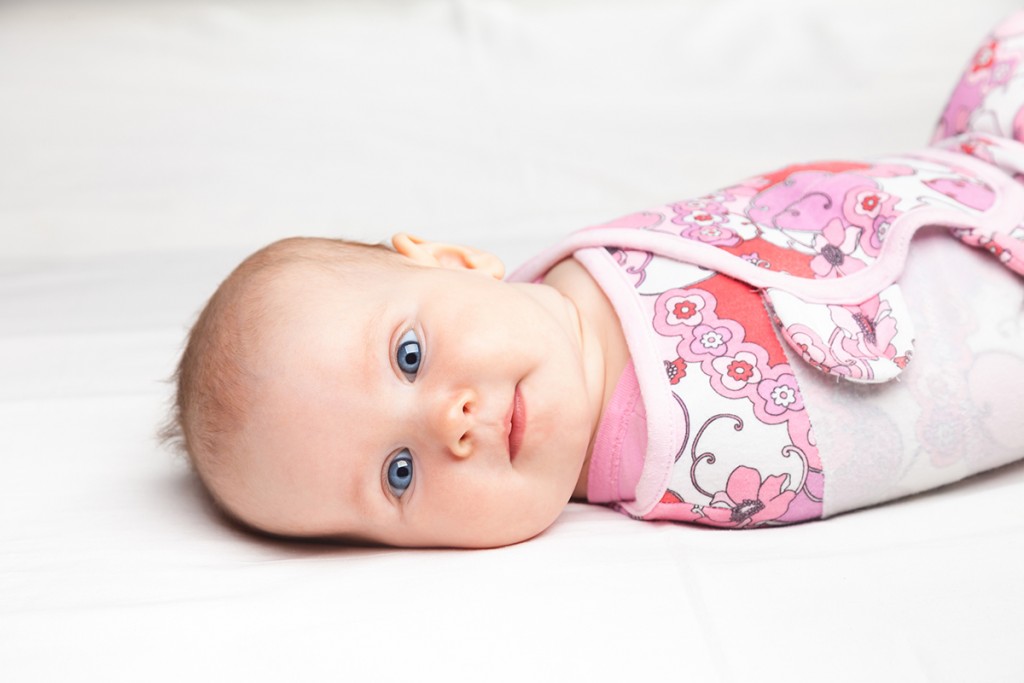The short answer is possibly. And when it comes to our kids safety a possible danger is worth exploring and researching.
Swaddling is the practice of wrapping a baby in a blanket very tightly so that their arms and leg movements are restricted. Swaddling has been used by tons of parents for centuries to calm and soothe babies. Especially, new born babies because it makes them feel as if they are still in the womb.
However, swaddling doesn’t come with out its risks. There has been concern that tight wrapping of the blanket may present problems for infants and younger babies. So much concern that recently The American Academy of Pediatrics published an article on swaddling.
The study found few small risks as well as one major risk, both associated with children who are 6 months and younger.
Minor Risk
If a infants hip joints do not correctly form it can lead to Developmental Dysplasia of the Hip, which can cause a child to have an unstable hip. When infants are swaddled their legs are typically extended and when this happens for an extended period of time it can the hip joint to form improperly. Leading to DDH.
There were other smaller risks found in the study, however, they happened so infrequently throughout the study that it is very hard to prove that they are a direct result of swaddling.
Major Risk
Swaddling creates a situation where babies are lulled into a deep sleep much faster and stay there much longer. When a child is wrapped up tightly they do not have as much control over their cardiovascular system. Thus, swaddled infants are are less likely able to respond to cardiovascular stress, which is often a common cause in SIDS (Sudden Infant Death Syndrome).
The good news is that most of the significant risk is in babies younger than 6 months. Also, the risk associated with babies under 6 months can be significantly be reduced by laying your child on their back. Something that is encouraged for all newborns and young babies.
While nothing is a 100% safe, it seems that when infants are properly swaddled and continuously monitored they are at very little risk for SIDS or any other harm.
